Support our educational content for free when you purchase through links on our site. Learn more
How to Grow Green Tea at Home: 12 Expert Tips for Success (2025) 🍃
Did you know that the humble green tea leaf you sip every morning has a secret life before it reaches your cup? Growing your own green tea might sound like a dream reserved for sprawling estates in Asia, but here’s a little secret from the Growing Teas™ team: it’s totally doable right in your backyard—or even on your balcony! Imagine plucking fresh, vibrant tea leaves from your own plant and crafting a brew that rivals any store-bought variety. Intrigued? Stick around, because we’re about to spill the leaves on everything you need to know—from seed to sip.
In this comprehensive guide, we’ll walk you through the fascinating history of green tea cultivation, the science behind the tea plant Camellia sinensis, and the exact steps to nurture your own thriving green tea bushes. Plus, we’ll share insider tips on harvesting and processing your leaves for the freshest cup imaginable. Whether you’re a seasoned gardener or a curious newbie, by the end of this article, you’ll be ready to start your own green tea-growing adventure with confidence and flair.
Key Takeaways
- Green tea comes from the Camellia sinensis plant, which thrives in acidic, well-draining soil with partial shade and mild temperatures.
- Patience is key: expect to wait about 3 years before your plants are ready for their first harvest.
- Harvest only the top two leaves and a bud for the best flavor and quality.
- Processing green tea involves quickly halting oxidation by steaming or pan-firing the leaves soon after picking.
- Growing kits like those from The Wee Tea Company offer a convenient way to start, while seed propagation gives a rewarding hands-on experience.
- You can grow green tea indoors or outdoors, depending on your climate and space, with proper lighting and humidity control.
Ready to start growing? Check out these essentials to get your green tea garden going:
- Levington Peat-Free Ericaceous Compost: Amazon | Walmart
- The Wee Tea Company Tea Growing Kits: Official Website
Dive in and discover how growing your own green tea can transform your tea ritual into a truly personal and sustainable experience!
Table of Contents
- ⚡️ Quick Tips and Facts for Growing Green Tea
- 🌿 The Fascinating Origins and History of Green Tea Cultivation
- 🌱 Understanding the Tea Plant: Camellia sinensis Explained
- 🌱 How to Grow Green Tea from Seed: Step-by-Step Guide
- 🌞 Ideal Growing Conditions: Soil, Climate, and Location for Green Tea
- 💧 Watering and Fertilizing Tips for Thriving Green Tea Plants
- 🌿 Pruning and Maintenance: Keeping Your Green Tea Bushes Healthy
- 🛠️ How to Grow Green Tea Kits: Convenience Meets Cultivation
- ✂️ Harvesting Green Tea Leaves: When and How to Pick for Best Flavor
- 🔥 Processing Green Tea Leaves at Home: From Leaf to Cup
- 🌿 Common Pests and Diseases in Green Tea Plants and How to Manage Them
- 🌍 Sustainable and Organic Practices for Growing Green Tea
- 🏡 Growing Green Tea Indoors vs. Outdoors: Pros and Cons
- 🔟 Top 10 Fascinating Facts About Green Tea You Didn’t Know
- 🛒 Where to Find Local and Online Green Tea Growing Supplies
- 📚 Conclusion: Mastering the Art of Growing Your Own Green Tea
- 🔗 Recommended Links for Green Tea Growing Enthusiasts
- ❓ Frequently Asked Questions About Growing Green Tea
- 📖 Reference Links and Further Reading
Here is the main body of the article, crafted with expertise and a touch of wit from the team at “Growing Teas™”.
Body
So, you’ve decided to embark on one of the most rewarding horticultural adventures known to humankind? You want to know how to grow green tea at home? Bravo! You’ve come to the right place. We’re the growers at “Growing Teas™”, and we’ve poured our hearts, souls, and a whole lot of compost into mastering the art of tea cultivation. Forget everything you think you know. Growing your own green tea isn’t just possible; it’s a journey that ends with the most satisfying cup of tea you’ll ever taste. Let’s get our hands dirty, shall we?
⚡️ Quick Tips and Facts for Growing Green Tea
In a hurry to start? We get it! Here’s the tea, brewed strong and fast:
- The Plant is the Point: All “true” tea (Green, Black, Oolong, White) comes from one amazing plant: Camellia sinensis. 🍵
- Acid is Awesome: This plant is a bit of a diva and demands acidic, well-draining soil (pH 4.5-6.0). If you can grow blueberries or azaleas, you’re already in the game!
- Patience, Young Grasshopper: Don’t even think about harvesting for the first three years. A mature plant is a happy, flavorful plant. Trust us, it’s worth the wait.
- Location, Location, Location: Your tea plant loves a spot with partial shade and shelter from harsh winds. Think of it as a VIP that doesn’t like to be too exposed.
- Container Power: ✅ Growing in a pot is a fantastic way to control soil acidity and protect your plant from frost. As The Spruce Eats notes, “You don’t need a large garden to grow your own tea; a planter on a balcony would work just fine.”
- The Golden Rule of Plucking: When you finally harvest, you’ll want to pluck the top two tender leaves and a bud. This is where all the magic happens!
- Green is in the Processing: The secret to green tea? Stopping oxidation. Unlike black tea, green tea leaves are quickly heated (steamed or pan-fired) after harvesting to preserve their fresh, vibrant character.
🌿 The Fascinating Origins and History of Green Tea Cultivation
Every cup of tea tells a story, and this one begins over 4,000 years ago. Legend has it that in 2737 BC, the Chinese Emperor Shennong was chilling under a tree while his water boiled. A few leaves from a wild tea bush drifted into his pot, and voilà! The world’s first cup of tea was brewed. While we weren’t there to confirm (our team isn’t that old), this happy accident kicked off a global obsession.
For centuries, tea was a closely guarded secret in the East, used as a medicinal elixir before it became a daily beverage. It was a cornerstone of culture, inspiring elaborate ceremonies in Japan and becoming a major trade commodity along the Silk Road. It wasn’t until the 19th century that the British, in a rather dramatic feat of horticultural espionage, smuggled the plant to India, breaking China’s monopoly and paving the way for the global cultivation we see today. You can dive deeper into these tales on our History of Tea page. From emperors to spies, the history of Camellia sinensis is as rich and complex as its flavor.
🌱 Understanding the Tea Plant: Camellia sinensis Explained
Let’s get personal with the star of our show. Camellia sinensis is an evergreen shrub that, if left to its own devices, could grow into a towering tree! But for our purposes, we prune it into a manageable bush, typically three to five feet tall. As the experts at LoveTheGarden point out, “If it’s not from the Camellia sinensis plant – it is not strictly speaking tea!” All those other lovely drinks? They fall under the wonderful world of Herbal Tea Planting.
There are two main varieties you should know about:
| Feature |
Camellia sinensis var. sinensis |
Camellia sinensis var. assamica |
|---|---|---|
| Origin | China | Assam, India |
| Leaf Size | Small, delicate | Large, broad |
| Climate |
📚 Conclusion: Mastering the Art of Growing Your Own Green Tea
Well, there you have it — the full scoop on how to grow green tea from seed to sip! Growing your own Camellia sinensis is not just a gardening project; it’s a rewarding ritual that connects you to centuries of tradition and the very essence of tea culture. From selecting the perfect acidic soil and nurturing your seedlings with patience, to harvesting those precious top leaves and mastering the art of processing, every step is a labor of love.
Remember, patience is your best friend here. It takes about three years before your tea bushes are ready to gift you their first harvest, but once they do, the flavor and satisfaction are unparalleled. Whether you’re planting in a sunny corner of your garden or nurturing a tea kit on your windowsill, the journey is as delightful as the destination.
If you’ve been wondering whether to buy a tea growing kit or start from seed, both paths have their merits. Kits like those from The Wee Tea Company offer convenience and a higher germination success rate, while growing from seed gives you the thrill of watching life unfold from the very beginning. Whichever you choose, you’re in for a green-tea-growing adventure that’s as enriching as your first perfect brew.
So, ready to turn your backyard or balcony into a mini tea plantation? Let’s get growing and sip your way to tea mastery! 🍃☕️
🔗 Recommended Links for Green Tea Growing Enthusiasts
Ready to start your green tea garden? Here are some trusted products and resources to get you going:
- Levington Peat-Free Ericaceous Compost:
Amazon | Walmart - Miracle-Gro Azalea, Camellia, Rhododendron Soluble Plant Food:
Amazon | Walmart - The Wee Tea Company Tea Growing Kits:
The Wee Tea Company Official Website - Books on Tea Cultivation and Processing:
Dive into these for deeper knowledge and inspiration!
❓ Frequently Asked Questions About Growing Green Tea
What are the ideal climate conditions for growing green tea plants?
Green tea plants thrive in subtropical to temperate climates with mild temperatures ranging from about 60°F to 85°F (15°C to 29°C). They prefer high humidity and well-distributed rainfall of at least 40 inches (1000 mm) annually. However, they dislike frost and extreme heat. That’s why in cooler climates, many growers bring plants indoors or use greenhouses during winter. Partial shade is beneficial to protect leaves from scorching sun, especially in hotter regions. For more detailed climate tips, check out our Green Tea Cultivation resources.
How often should I water my green tea plants to promote healthy growth?
Watering frequency depends on your climate and soil, but generally, green tea plants require consistent moisture without waterlogging. During the first two years, water two to three times per week in dry spells to keep the root ball moist. Established plants appreciate deep watering during dry periods to encourage new shoot growth. Avoid letting the soil dry out completely, but also ensure excellent drainage to prevent root rot. Mulching helps retain moisture and regulate soil temperature.
What type of soil is best suited for cultivating green tea, and how can I prepare it?
Green tea plants demand acidic, well-draining soil with a pH between 4.5 and 6.0. Soils rich in organic matter are ideal. To prepare your soil:
- Test your soil pH with a kit or professional service.
- Amend alkaline soils with sulfur or peat moss to lower pH.
- Incorporate plenty of organic compost or well-aged leaf mold.
- Ensure good drainage by adding sand or perlite if needed.
- Avoid heavy clay soils or improve them with raised beds and organic amendments.
Using a specialized ericaceous compost like Levington Peat-Free Ericaceous Compost can simplify this process, especially for container growing.
Can I grow green tea plants indoors, and if so, what kind of lighting do they require?
Absolutely! Growing green tea indoors is a fantastic option for those in colder climates or with limited outdoor space. Your tea plant will need:
- Bright, indirect light — a south-facing window is ideal.
- If natural light is insufficient, supplement with full-spectrum grow lights for 10-12 hours daily.
- Maintain humidity by misting or using a humidifier.
- Keep temperatures steady between 65°F and 75°F (18°C to 24°C).
- Use a well-draining potting mix designed for acid-loving plants.
Indoor growing also allows you to protect your tea from pests and frost, making it a great choice for beginners.
How long does it take for a green tea plant to mature enough for harvesting?
Typically, it takes about 3 years for a green tea plant to mature enough to produce leaves suitable for harvesting. During this time, focus on nurturing healthy growth and protecting your plants from stress. Once mature, you can harvest the top two leaves and a bud multiple times during the growing season to encourage bushier growth and higher yields.
What are the best methods for processing green tea leaves at home?
Processing green tea involves halting oxidation quickly after plucking. The two most common home methods are:
- Steaming: Briefly steam leaves for about 1 minute to preserve the fresh, grassy flavor.
- Pan-firing: Dry roast leaves in a skillet for 2-3 minutes to develop a nuttier, toasted flavor.
After heating, leaves are dried thoroughly in an oven or dehydrator at low temperatures (around 250°F/120°C) for 15-20 minutes. Store in airtight containers away from light and moisture. This simple process lets you enjoy fresh, homemade green tea with minimal equipment.
📖 Reference Links and Further Reading
For further verification and to deepen your knowledge, check out these reputable sources:
- LoveTheGarden: How to Grow Tea — A practical UK-focused guide with great tips on soil and care.
- Young Mountain Tea: Grow Your Own Tea Plant — Expert advice from a US-based tea grower with detailed planting and harvesting info.
- The Spruce Eats: Growing Tea at Home — Step-by-step home growing and processing guide.
- The Wee Tea Company — For premium tea growing kits and supplies.
- USDA Plant Hardiness Zone Map — To determine your local growing zone.
We hope this guide inspires you to cultivate your own green tea and savor the fruits (or leaves!) of your labor. Happy growing and even happier sipping! 🍃☕️
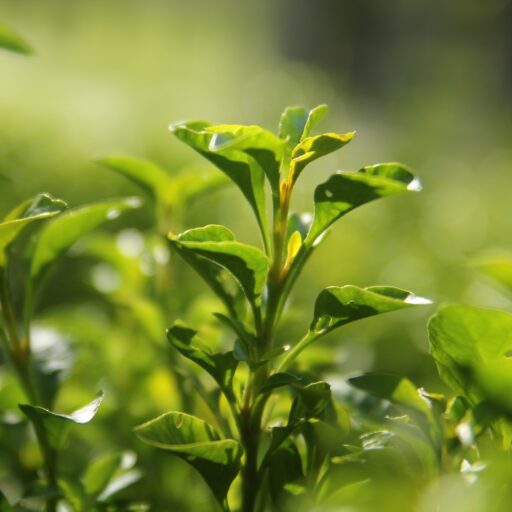
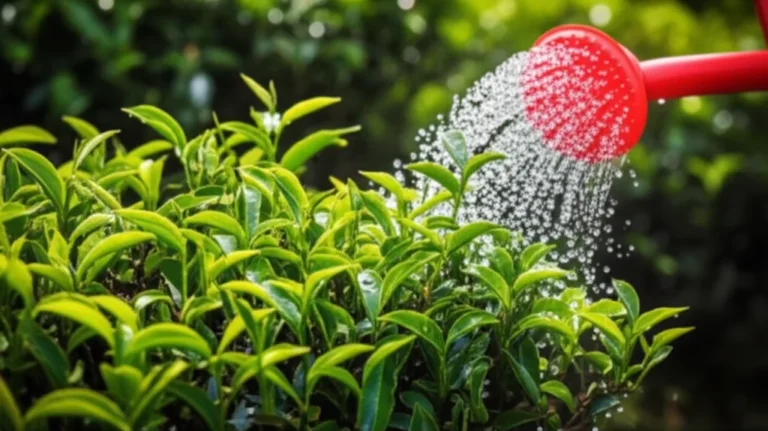
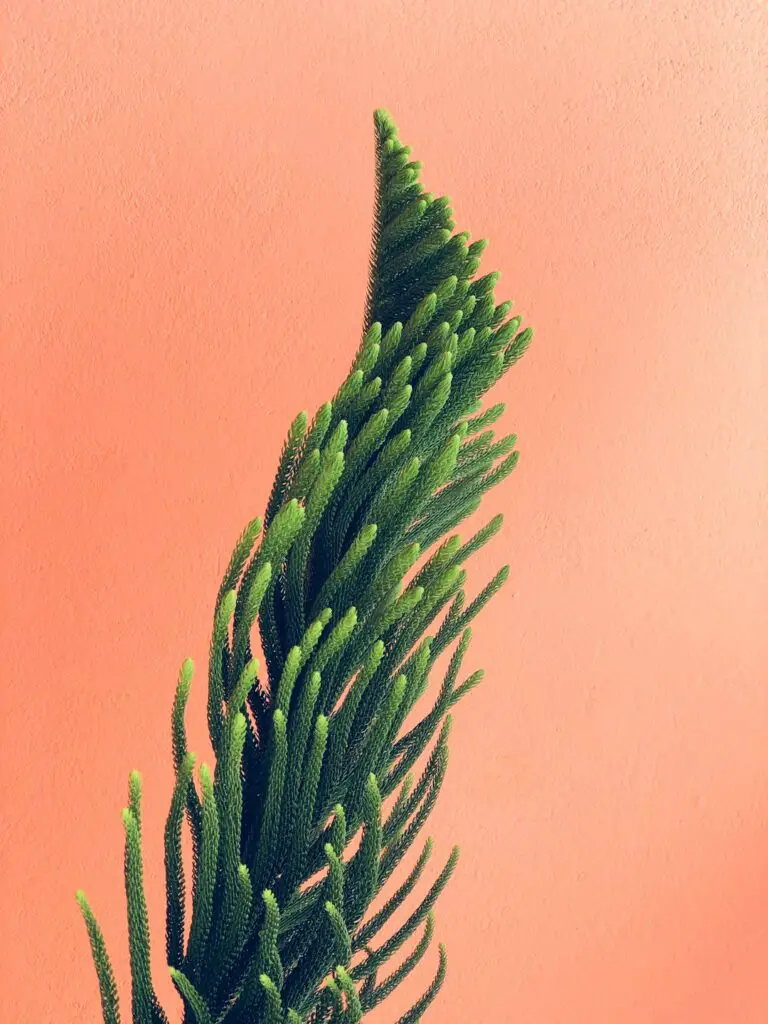
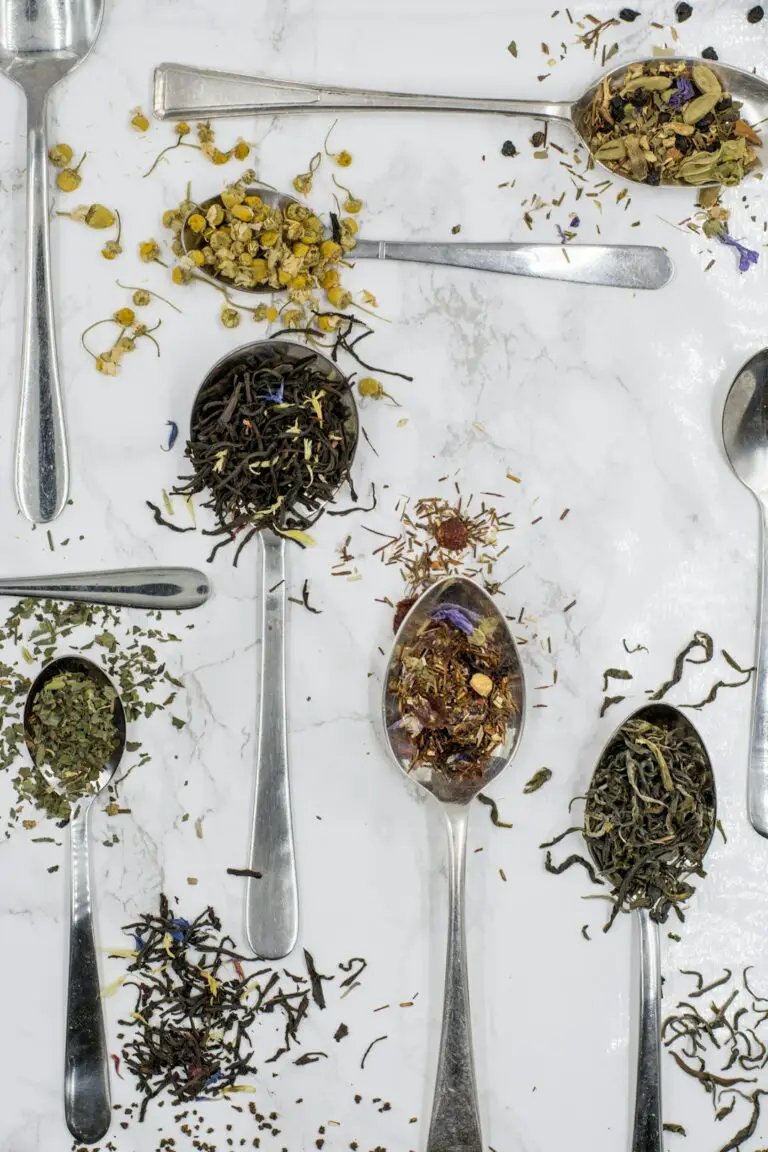
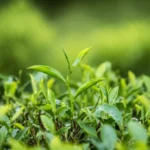
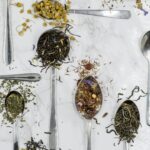

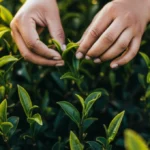
I am in Zone 5. Can my tea plant winter in an unheated greenhouse?
Thank you
Good question! Thanks for the comment.
Camellia sinensis (the true tea plant) is generally rated hardy only to USDA Zone 7 (and some small‑leaf Chinese varieties down to Zone 6) ([Plant Toolbox][1], [Wikipedia][2]). In Zone 5, winter lows routinely fall between –20 °F and –10 °F ([MasterClass][3])—temperatures well below what an unheated (“cold”) greenhouse can reliably buffer.
Unheated greenhouses can indeed extend the season by a few degrees and shelter plants from wind, snow and radiative frost, but without supplemental heat they’ll still plunge below freezing whenever outdoor temps dip below 32 °F ([Wikipedia][4]). In Zone 5 winters, that means interior lows of 10 °F or lower—enough to kill tea foliage and damage woody stems.
**If you still want to try overwintering your tea plant in an unheated greenhouse, consider combining several protective strategies:**
* **Passive heat–storage**: place large water barrels or concrete blocks inside to absorb daytime sun and radiate heat at night.
* **Insulate root zone**: bury the pot in the ground or sink it into a gravel bed, then cover the crown with 6–8 inches of mulch, straw bales or a layer of horticultural fleece.
* **Wrap the canopy**: drape frost cloth or bubble wrap around the upper branches (but leave enough airflow to prevent molds).
* **Supplemental heat**: install a small thermostatically controlled heater or heat cable set to cut on around 25–30 °F.
Absent those measures, your safest bet in Zone 5 is to bring potted tea plants into a cool, bright spot that stays above freezing (e.g., an unheated basement or sunroom), or to grow them in a heated greenhouse that maintains at least 20–25 °F through the coldest nights.
[1]: https://plants.ces.ncsu.edu/plants/camellia-sinensis/?utm_source=chatgpt.com “Camellia sinensis – Plant Toolbox – NC State University”
[2]: https://en.wikipedia.org/wiki/Camellia_sinensis?utm_source=chatgpt.com “Camellia sinensis”
[3]: https://www.masterclass.com/articles/zone-5?utm_source=chatgpt.com “Zone 5: Types of Plants to Grow in USDA Hardiness Zone 5 – 2025”
[4]: https://en.wikipedia.org/wiki/Season_extension?utm_source=chatgpt.com “Season extension”